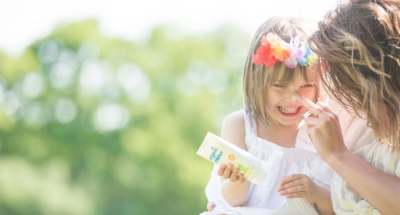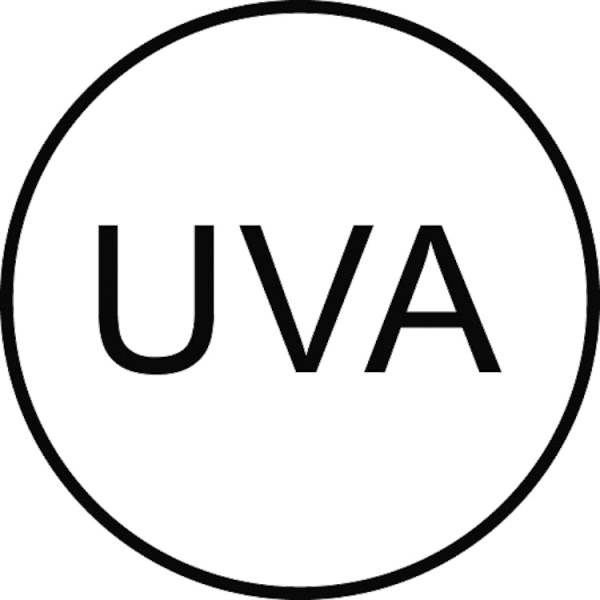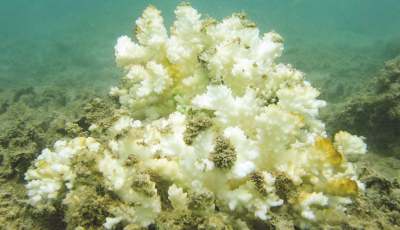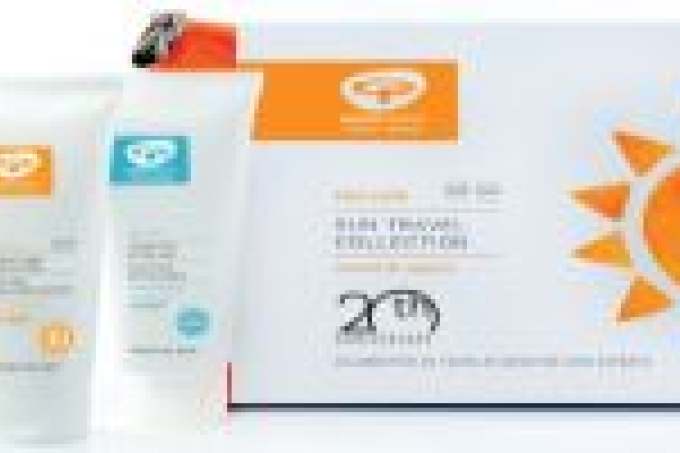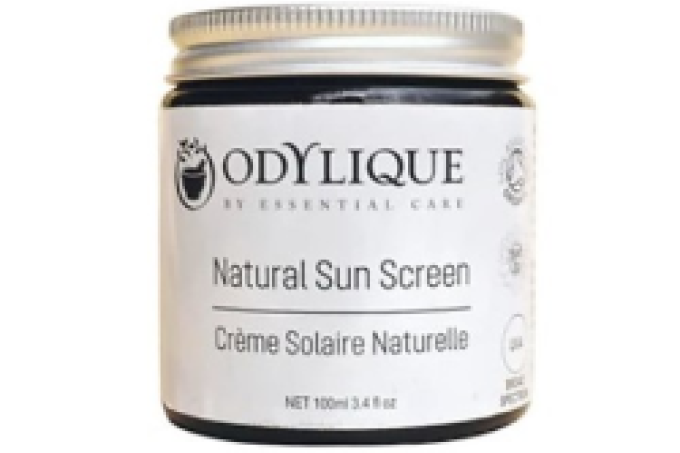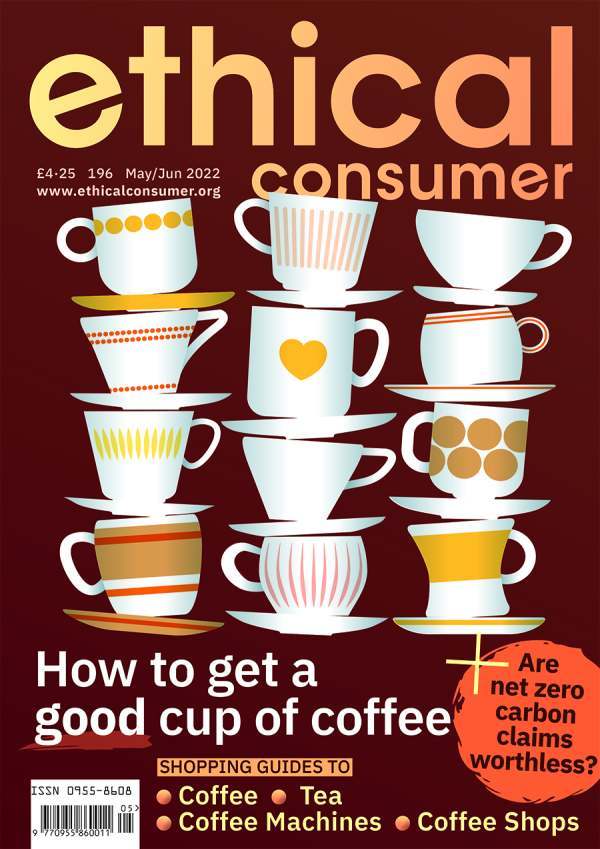Eco Friendly Sunscreen?
Bleach on the beach: Is sunscreen killing coral?
On 1st January 2020, the Pacific island nation of Palau became the first country to prohibit sunscreens due to their impact on marine life including coral reefs. The US state of Hawaii will follow with similar legislation coming into force at the start of 2021.
In the past decade or so, multiple studies have shown that certain chemicals used in sunscreens can cause bleaching of coral. Bleaching is a phenomenon whereby corals expel the colourful algae living in their tissues in response to changes in their environment, causing the coral to turn completely white.
Bleached corals do not immediately die, and can recover, however they become far more vulnerable and susceptible to disease and frequently perish, while healthy corals can survive for thousands of years.
One substance of particular concern is oxybenzone (often labelled in ingredient lists as Benzophenone-3 or BP-3), which is used as an active UV filter in many chemical sunscreens. The majority of published studies in this area have focused on oxybenzone, with results showing that the chemical causes deformation in young corals leading to bleaching. This was due to the chemical acting like natural growth hormones, artificially stimulating bone growth and, in a macabre twist, causing the coral larvae to become encased in their own skeletons.
If that weren’t enough, the hormone-disrupting properties of oxybenzone have also been shown to cause the feminisation of male fish, due to it acting like oestrogen and inducing the growth of eggs.
Studies have also suggested that there are higher concentrations of oxybenzone in coastal areas where bathing is common, although oxybenzone also can also enter the ocean via wastewater streams, where man-made pollution is pumped into the ocean.
Another common chemical UV filter, octinoxate, is associated with similar concerns, although it appears to be less well-researched than oxybenzone. The Hawaiian ban will explicitly prohibit sunscreens containing oxybenzone and octinoxate from being sold in the state.
The following brands were found to include either oxybenzone or octinoxate in at least some of their sunscreen products at the time of writing (in many cases this did not apply to a brand’s entire product range; most also had products available that did not contain the two chemicals):
- Malibu
- Yaoh
- Banana Boat
- Hawaiian Tropic
- Avon
- L’Oréal (octinoxate only)
- Kiehl’s (octinoxate only)
- Shiseido (octinoxate only)

